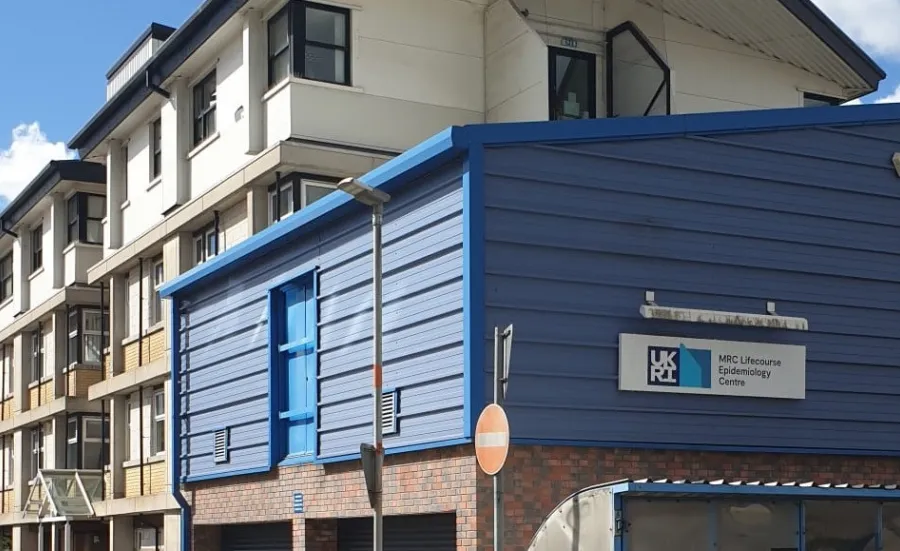MRC Lifecourse Epidemiology Centre

The MRC Lifecourse Epidemiology Centre (Director, Professor Nicholas Harvey) was established in 2021, following reconfiguration from the forerunning MRC Lifecourse Epidemiology Unit. At the MRC LEC, we study the determinants of musculoskeletal and metabolic disease throughout the lifecourse.
